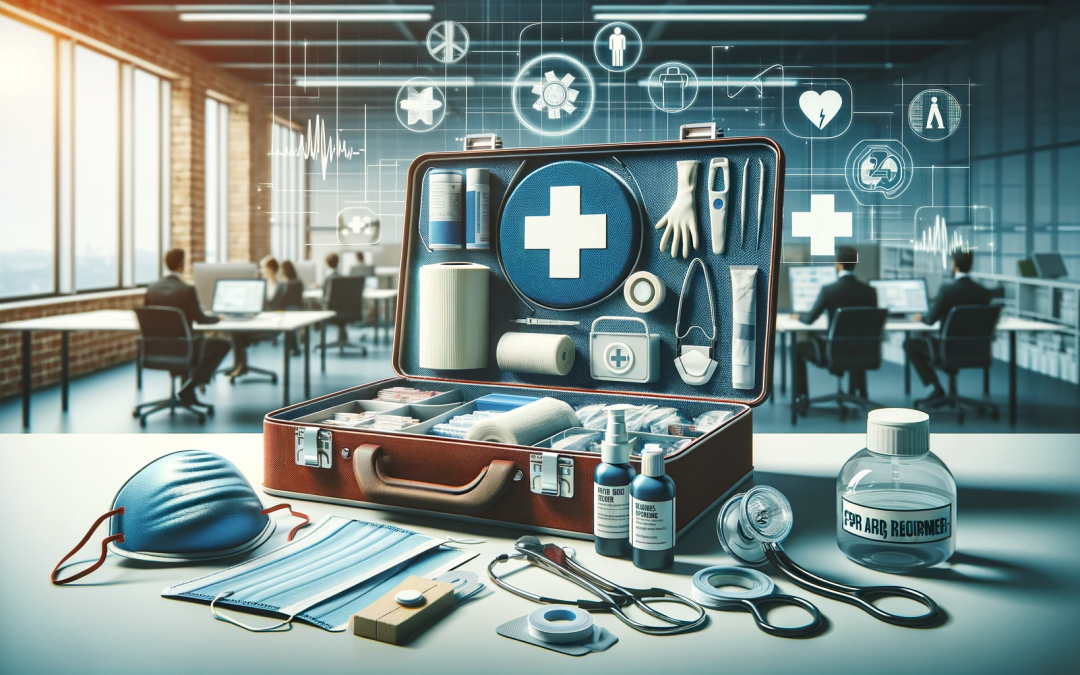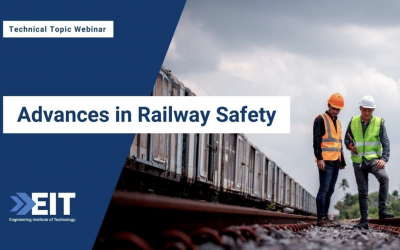First Aid Kits and Equipment
In any workplace, readiness for emergencies is a cornerstone of safety. A well-equipped first aid kit, paired with the right knowledge, can drastically reduce the severity of injuries and even save lives.
This comprehensive guide outlines the essential components of a workplace’s first aid kits and equipment and how to use them effectively.
Understanding the Basics
First aid kits and equipment are a critical resource in emergency situations. They contain a variety of tools and supplies designed to address common injuries and illnesses that can occur in the workplace. The right kit for your workplace depends on several factors, including the number of employees, the type of work, and the specific hazards present.
Essential Items for Every First Aid Kit
- Bandages and Dressings: A variety of sizes for different types of wounds. Include adhesive bandages, sterile gauze pads, and rolls for larger injuries.
- CPR Masks: Barrier devices to protect the rescuer when performing CPR.
- Gloves: Disposable gloves to prevent contamination and infection transfer.
- Scissors and Tweezers: For cutting bandages or removing debris from wounds.
- Antiseptic Wipes and Ointments: To clean and disinfect wounds and prevent infection.
- Burn Gel and Cold Packs: Immediate relief for burns and swelling.
- Splints: For immobilizing and supporting fractures or sprains.
- Pain Relievers: Over-the-counter medications like aspirin or ibuprofen.
- Emergency Blanket: To retain body heat in shock or cold exposure cases.
- Instruction Booklet: Guidelines on how to handle common emergencies.
Specialized Items
Depending on the workplace, you might need specialized items. For example, if you’re in a chemical plant, you might need specific burn treatments. Always tailor your first aid kit to the potential risks in your environment.
Training and Familiarity
Having a first aid kit is only part of the solution. Regular training for all employees is essential. Everyone should know the basic use of each item in the kit. Consider regular first aid training sessions and drills to ensure everyone is comfortable and confident in an emergency.
Regular Maintenance
A first aid kits and equipment should be checked regularly, and expired or used items should be replaced immediately. Assign this responsibility to a designated safety officer or team to ensure it’s always up to date.
Accessibility and Visibility
Your first aid kit and equipment should be in a known, accessible location. Consider multiple kits for larger workplaces. Signage and clear markings are essential, ensuring everyone knows where to find it in an emergency.
Legal Compliance
Ensure your first aid kits and equipment training meet local health and safety regulations. Compliance not only ensures safety but also protects your business from legal issues.
The Role of Professional Training
While a first aid kits and equipment is a vital tool, it’s most effective in the hands of those trained to use it. Professional first aid training, like the courses offered by Training Lives LTD, provides the knowledge and confidence to use these tools effectively.
Conclusion
A well-stocked and maintained first aid kit is a testament to a workplace’s commitment to safety. Coupled with regular training and a clear understanding of how to use each item, it forms a critical response capability that can significantly impact the outcome of workplace accidents and emergencies.
Visit our website to learn more about our courses and how we can help you become a confident first aider. Join us in this commitment to excellence and become a capable and confident responder ready to make a difference.
Latest news, how to guides and more
Role of Engineering Supervisors in Ensuring Railway Safety
The Role of Engineering Supervisors in Ensuring Railway Safety The railway industry, with its vast infrastructure and intricate operations, relies heavily on a multitude of professionals to ensure its smooth and safe functioning. Among these roles, the...
Advanced Safety Protocols in Modern Railways
Advanced Safety Protocols in Modern Railways The railway industry, a cornerstone of global transportation, has always prioritized safety. With the advent of modern technology and the increasing complexity of railway networks, advanced safety protocols have...
The Evolution of Railway Safety Technologies
The Evolution of Railway Safety Technologies The railway industry, with its rich history spanning over two centuries, has witnessed remarkable advancements in technology. As trains became faster, longer, and more frequent, the need for enhanced safety...


















